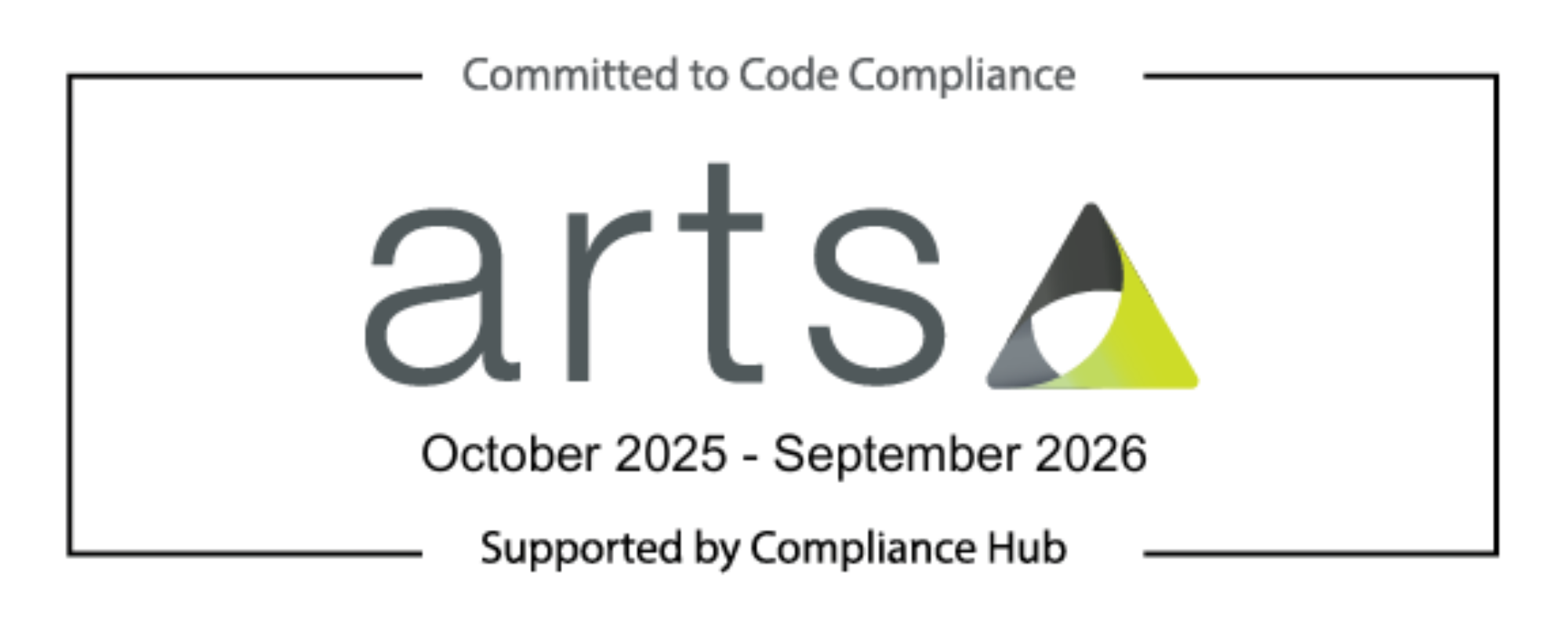Recognising Lyme Disease - the new great imitator
Lyme disease is a spirochete bacterial infection transmitted to humans by the bite of an infected tick. Symptoms of early Lyme disease may include an erythema migrans (EM) rash and/or non-specific flu-like symptoms. Symptoms of disseminated Lyme disease may present within weeks or months of a tick bite, may be multisystemic in nature and challenging to diagnose.
Early diagnosis and treatment provide the best chance of recovery, but symptoms can be non-specific and easily missed at all stages, with potential long term debilitating consequences.
This session will explore the key role that clinical pharmacists can play in recognising when unexplained symptoms may indicate disseminated Lyme disease. It will outline the NICE Guideline (NG95) diagnostic and treatment protocols, with particular focus on the importance of higher doses of antibiotics for longer durations than for other infections; Areas where the evidence base is still evolving will be briefly covered.
Information for community pharmacists will include advice on how to differentiate EM rashes from other insect bites (now treatable under Pharmacy First in England) to avoid the potential risk of missed diagnoses.
At the end of this session attendees will be able to:
- Describe the signs and symptoms of both early and disseminated Lyme disease
- Consider when symptoms of disseminated infection may be mimicking other diseases and illnesses
- More confidently suggest when to consider the possibility of Lyme disease through detailed history taking and medication review
- Discuss how to differentiate EM rashes from other insect bites/rashes
- Outline treatment regimens within the NICE guideline and CKS guideline on Lyme disease
- Recognise if a Rx for Lyme disease treatment does not meet the correct dosage - as per NICE guidance
- Access further information from support organisations such as Lyme Resource Centre (LRC) and LDUK.


 North
North

